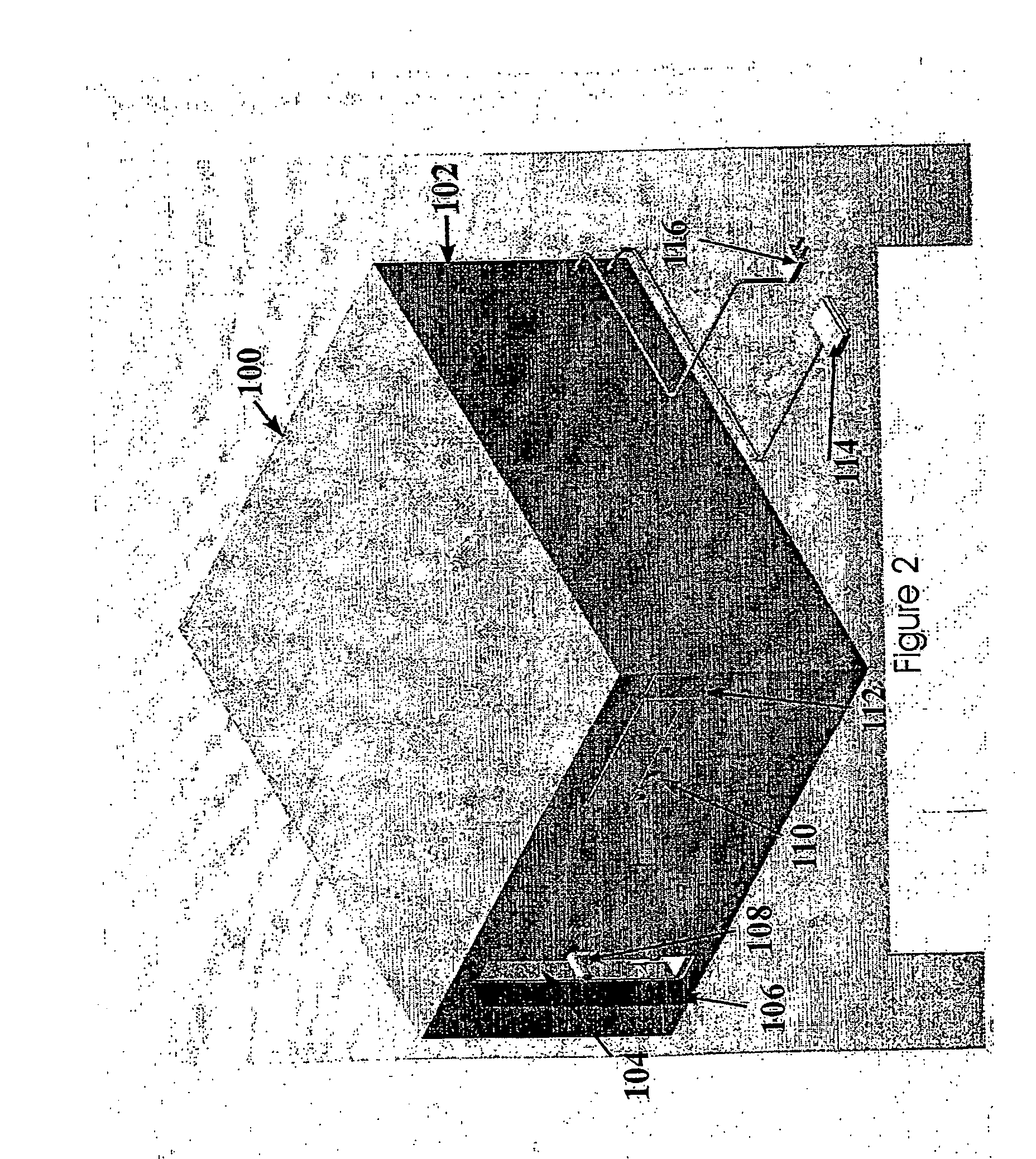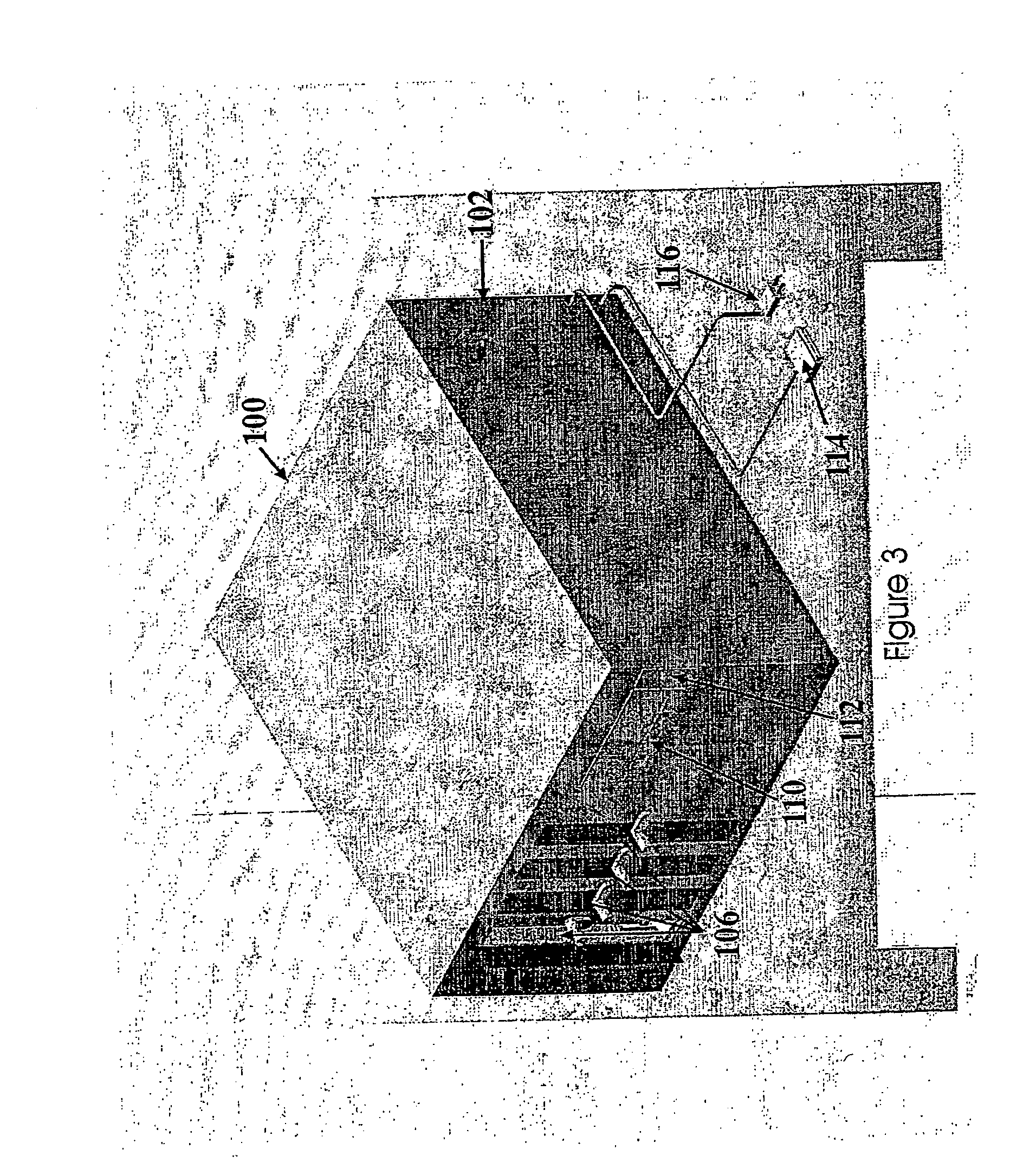Automated tissue engineering system
a tissue engineering and automatic technology, applied in the field of automatic tissue engineering systems, can solve the problems of inability to multi-functionally carry out all the steps of biopsy tissue digestion, inability to multi-functionally generate, and inability to achieve multi-functionality, so as to improve patient recovery, promote integration, and ensure the effect of preparation
- Summary
- Abstract
- Description
- Claims
- Application Information
AI Technical Summary
Benefits of technology
Problems solved by technology
Method used
Image
Examples
Embodiment Construction
[0172] The present invention is directed to an integrated, automated tissue engineering device for the ex vivo processing of cells, particularly autologous cells, to enable cell proliferation, cell differentiation and tissue formation in an efficient and consistent manner requiring minimal human intervention. The tissue constructs developed within the device may be integrated into a host to assist in tissue reconstruction procedures and subsequent patient recovery. Furthermore, the invention provides automated methods for tissue engineering using a variety of cells from a number of different sources (for example autologous cells obtained via patient biopsy, allogenic cells or xenogenic cells). Furthermore, the cells may be precursor cells, primary cells, cells from an immortal cell line and combinations thereof.
[0173] The general methodology and principle for clinical tissue engineering incorporating the tissue engineering system and methods of the present invention is illustrated ...
PUM
| Property | Measurement | Unit |
|---|---|---|
| ionic radius | aaaaa | aaaaa |
| temperatures | aaaaa | aaaaa |
| temperature | aaaaa | aaaaa |
Abstract
Description
Claims
Application Information
 Login to View More
Login to View More - R&D
- Intellectual Property
- Life Sciences
- Materials
- Tech Scout
- Unparalleled Data Quality
- Higher Quality Content
- 60% Fewer Hallucinations
Browse by: Latest US Patents, China's latest patents, Technical Efficacy Thesaurus, Application Domain, Technology Topic, Popular Technical Reports.
© 2025 PatSnap. All rights reserved.Legal|Privacy policy|Modern Slavery Act Transparency Statement|Sitemap|About US| Contact US: help@patsnap.com



